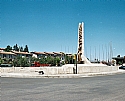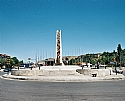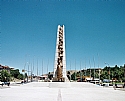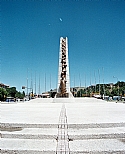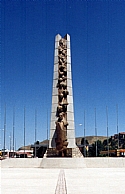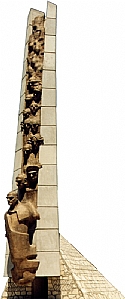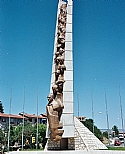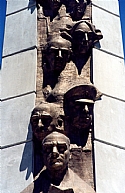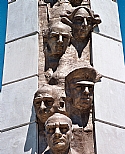Projects & Buildings
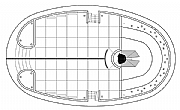
| Architect | Dr. M. Sinan Genim /Belma Barış Kurtel |
| Sculptor | Yab. Uzm. Ziyatin Nuriyev / Ass. Prof. Dr. Ümit Öztürk |
| Assistants | Özgen Esen / Irmak Uyar |
| Employer | Karabük Municipality |
| Static | Bahtiyar Koçak |
| Mechanic | Selim Evyapan |
| Electricity | Hüseyin Öztürk |
| Purpose | Monument |
| Project Year | 1999 |
| Construction Year | 1999 |
| Construction Area | 1500 m² |
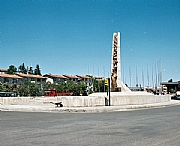
An iron and steel plant was established at Karabük, a settlement in Öğlebeli village, Safranbolu district of Zonguldak province, situated on Ankara-Zonguldak railroad.
The choice of the location was made by Fevzi Çakmak, the commander of the armed foeces of the time, while İsmet İnönü, the prime minister, laid the foundation. The industry began its production in 1939. After a while the population of Karabük grew rapidly; in 1941 it became a sub-district of Safranbolu district, in 1957 a district of Zonguldak province, in 1995 the 78th province of Turkey.
Born with the Republic and rapidly growing, Karabük became the first center of heavy industry of Turkey. Works began to bring Karabük the first monument of Mustafa Kemal Atatürk and to present it to the 75th anniversary of the Republic. However, it was completed in 2000.
A composition representing initially Atatürk, İsmet İnönü, the prime minister of the time, Fevzi Çakmak, the commander of the armed forces, workers of the iron and steel plant and the public was thought to be accomplished. An elliptical area of 1500 m² where junctions of Ankara - Karabük, Karabük - Kastamonu - Bartın, Karabük – Zonguldak intersect was chosen by the governorship of Karabük as monument and parade ground.
The monument is 15 m in height, gets narrower towards the top and slightly lies towards its back. In regard to static and constructive features, concrete was used as the most suitable material. The parade ground was 90 cm higher than the level of the road. Stairs and ramps for the disabled gave access to the area from three sides. The monument itself stood 120 cm higher than the level of the parade ground.
The monument consists of three materials and also three parts. The pedestal made of Safranbolu stone; the main wall with triangular joints, which gets narrower towards the top, on the pedestal; the bronze monument which is covered by the main wall at the back. The durability of the main wall, its appearance and massive impact represent the power and endurance of the people; the rising of the monument like an arch represents the growth of Karabük; the bronze mass descending from the rising arch represents the flow of the metal, iron and steel factories, workers and the people. While the abstract forms descend, they slowly turn into clear faces, İsmet İnönü, Fevzi Çakmak and Atatürk at the far below.
All three materials demonstrate the harmony of concrete with different materials and the nature. They also provide a different richness to the monument. The 16 Turkish flags surrounding the monument at the back represent the 16 Turkish states and demonstrate the support of Karabük to Turkey and the Republic.
